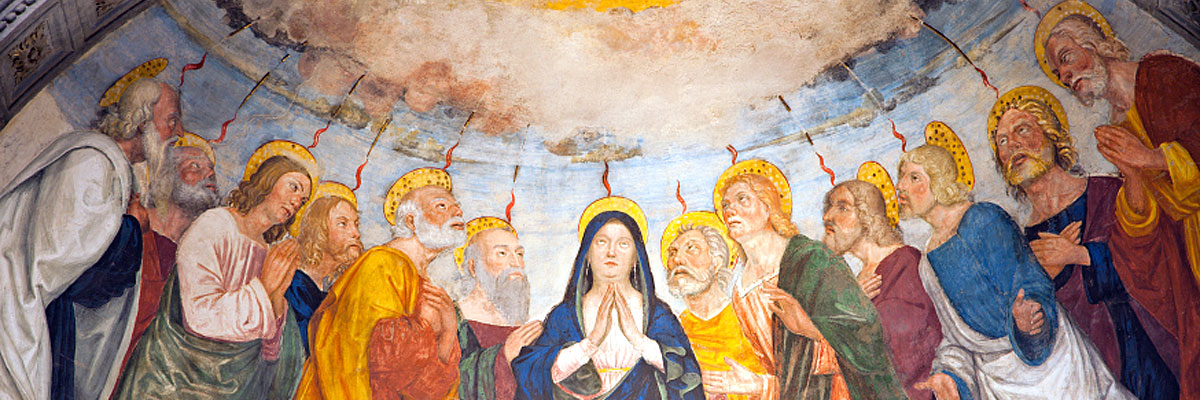
Understanding Our Church
A Treasury of Arkansas Writers Discussing the Catholic Faith
Official Website of the
Catholic Diocese of Little Rock
Faithful to look forward in Christian hope
Published: February 6, 2021
By Edward C. Dodge
Catholic High School for Boys
I’ve been thinking of hope a lot lately and of how what the Church means by “hope” differs slightly from our secular concept of hope.
During Advent, I read a book by then-Archbishop Joseph Ratzinger (now Pope Emeritus Benedict XVI), titled “The Blessing of Christmas.” In a section called “Paths and Forms of Waiting,” Ratzinger writes, “In his life here on earth, man is one who waits,” and he details all of the waiting we do during our lives, always hoping for something more: for adulthood, for success, for a family, for rest, for peace, even for healing from an illness.
Christian hope, however, is youthful and substantial. In his encyclical letter “Saved in Hope,” Pope Benedict XVI argued that for biblical faith, the virtues of hope and faith are essentially interchangeable, as perhaps suggested by Hebrews: “Faith is the realization of things hoped for and evidence of things not seen.”
But at life’s end, for what do we wait? What hope is left? This kind of hope, echoed by Alexander Pope’s assertion that “man never is, but always to be blessed,” places a passive hope purely in the future, robbing the present of value. But Christian hope, Ratzinger writes, is more like a family awaiting the birth of a child, filled with expectation of a hope that will be fulfilled and that gives each moment meaning filled with joyful anticipation.
“The Christian Advent wants to help us attain this kind of waiting, for this is the truly Christian form of waiting and hoping … This is because the gifts of Jesus Christ do not belong purely to the future: they penetrate the present time, too.” And if God exists, Ratzinger continues, “then there is always something to hope for,” even when one has reached the end of his earthly life, because for the Christian, something greater always lies ahead.
Ratzinger’s reflection struck me because, I think, we tend to find ourselves experiencing the form of empty waiting. Hope ceases to be tangible and becomes merely a film separating us from the void. Consider the myth of Pandora. When she opened her box, she released all the world’s evils but one, which she trapped in the box: foresight. The idea here is that if we knew all the evils that would befall us, we’d have neither hope nor reason to live actively.
That kind of hope feels empty, cowardly, and old to me, as though it simply seeks not to see evils rather than to persevere through them with purpose. Christian hope, however, is youthful and substantial. In his encyclical letter “Saved in Hope,” Pope Benedict XVI argued that for biblical faith, the virtues of hope and faith are essentially interchangeable, as perhaps suggested by Hebrews: “Faith is the realization of things hoped for and evidence of things not seen.”
Pope Benedict reflects that our culture seems to have lost the biblical sense of hope. Paul told the Ephesians of a people who have no hope because they do not have God. To come to know God, then, is to have a personal encounter with hope itself. But, as Benedict writes, “We who have always lived with the Christian concept of God, and have grown accustomed to it, have almost ceased to notice that we possess the hope that ensues from a real encounter with this God.”
Ratzinger’s simple reflection helped me to see the substance of Christian hope, which, like a family hopefully awaiting the birth of a child, bears fruit both now and in heaven. Consider the story of St. Josephine Bakhita, a slave whose only “hope” had been that her various masters might be less cruel, until she met the Lord, the master who took the beatings for her.
Her hope grew: “I am definitively loved,” she wrote, “and whatever happens to me — I am awaited by this love. And so my life is good.” This is freedom. This is redemption. This is the fruit of true hope in Christ.



